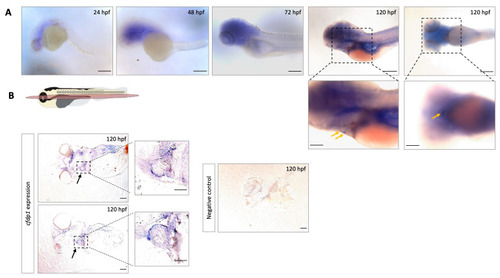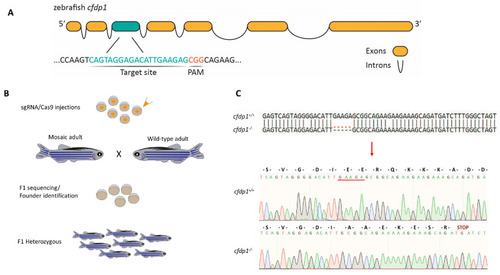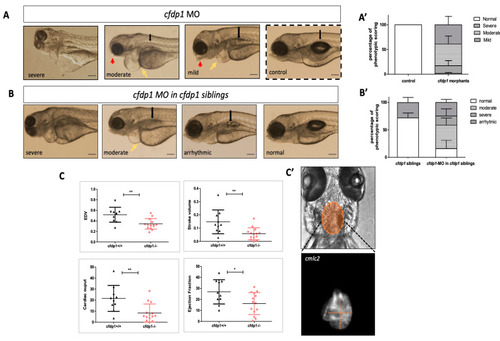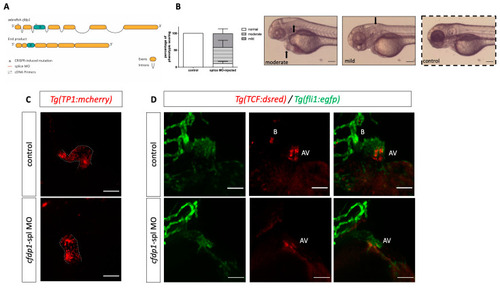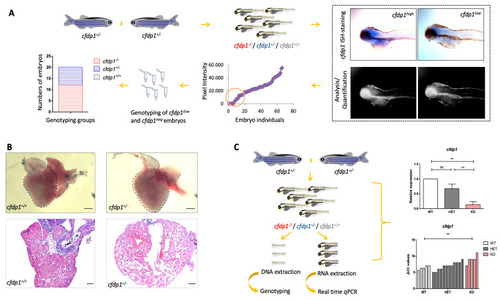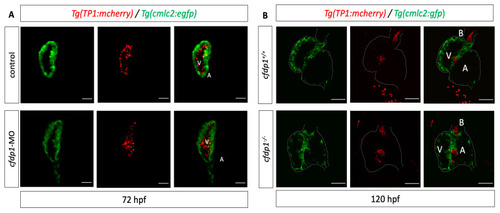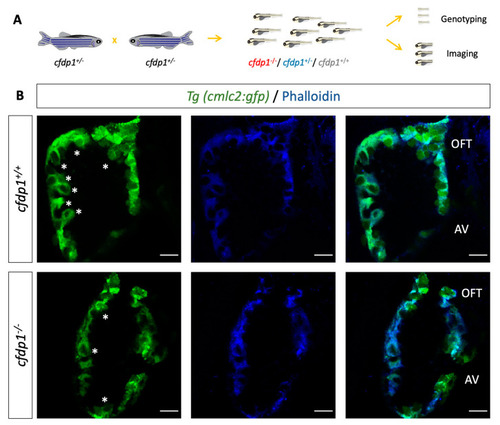- Title
-
Cfdp1 Is Essential for Cardiac Development and Function
- Authors
- Giardoglou, P., Deloukas, P., Dedoussis, G., Beis, D.
- Source
- Full text @ Cells
|
Expression analysis of |
|
Generation of |
|
Impaired cardiac performance of |
|
Silencing of EXPRESSION / LABELING:
PHENOTYPE:
|
|
Study of EXPRESSION / LABELING:
PHENOTYPE:
|
|
PHENOTYPE:
|
|
PHENOTYPE:
|
|
PHENOTYPE:
|

Unillustrated author statements |

